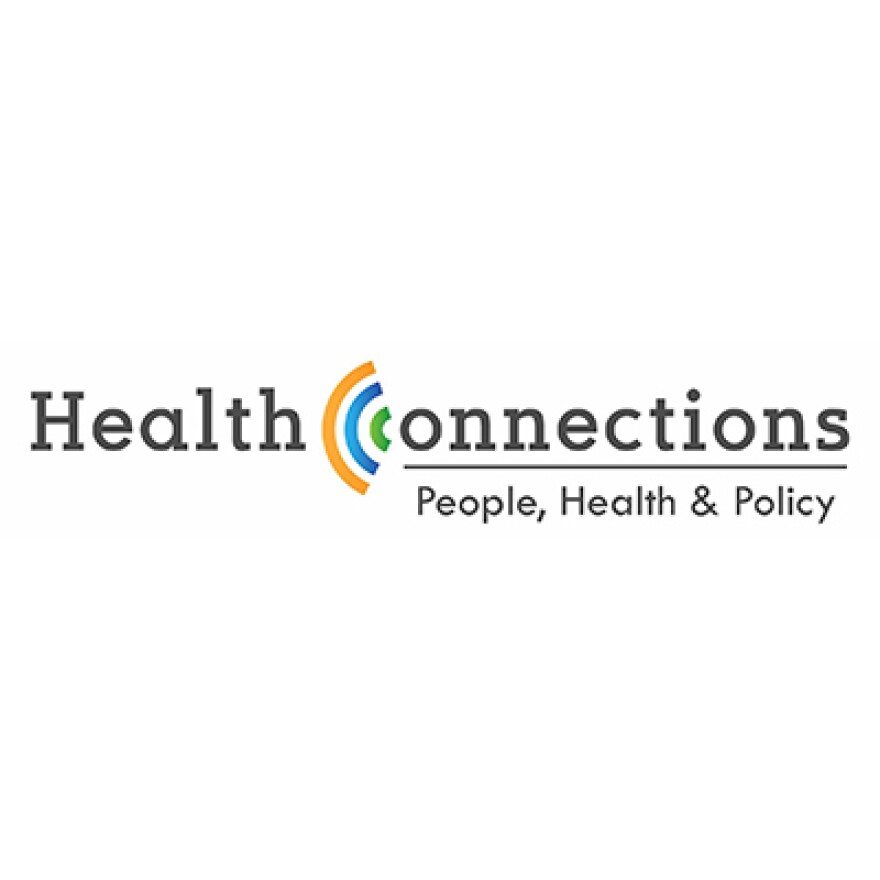Opioid addiction continues to be a problem across the country. Tennessee ranked second in overdose deaths in a study by the CDC. On this week’s episode of HealthConnections, Dr. Carole Myers, a professor emeritus in the University of Tennessee College of Nursing, speaks to Karen Pershing, the former executive director of the Metro Drug Coalition and is now the director of grants and government relations at the Metro Drug Coalition.
WUOT’s Carole Myers: Karen, we both know that addiction is a highly stigmatized disease. Stigma has troubling and, sometimes, lethal implications. How is the general public, and then healthcare providers, understanding about addiction changes in the last 10 to 15 years from your perspective?
Well, I think we have made tremendous progress in educating the public on the disease of addiction and it is a disease and not a moral failing. Unfortunately, there is still stigma out there. What I see is one of the biggest problems that we still contend with is medication use to treat addiction. There are people who believe going cold turkey, so to speak, is the way to go, so an abstinence based recovery process. We’re finding that medications that are used to treat especially opioid substance use disorder are much more effective. What happens then if you’ve got a population of folks that are addicted to prescription opioids and you cut that supply off, then you see them shift to another substance. So, unfortunately, that was heroin initially and now we have a fentanyl problem, which is not the prescribed fentanyl that they use in hospitals, but it’s illicit substances, and now we’re seeing an increase in methamphetamines.
We have discussed today and other days, Karen, the challenge of illicit drug use. Is there any positive movement in dealing with the epidemic of opioid misuse and how we deal with this as a public health problem?
I think there’s definitely been some transition to try to make treatment medications much more accessible for those who need it.
Seems like we have a similar story around the availability of Naloxone, that there’s some stigma associated with it and some barriers to access it. Can you speak a little bit about that?
We’ve actually come a long way. Naloxone is an opioid reversal medication that is not a narcotic. So, in 2017 our General Assembly actually sent a letter to the FDA requesting that they consider making it an over-the-counter medication so that, again, it would be more accessible and it wouldn’t be as stigmatized as it was. I think between that finally happening where now it is over-the-counter which, again, you can go pick it up at a pharmacy that carries it and not need a prescription and it was that prescription requirement that was a barrier for folks.
The opening of the Gateway Recovery Community Center is a brightspot for our community. Please tell us about the center and what it means to our community?
At the MDC we started to do some research in 2018 around recovery models and one of the things we discovered was this recovery community center concept because the opposite of addiction is not recovery, it’s actually community because the disease isolates so when you are trying to overcome this disease you need to connect and you first need to connect with others in recovery, but then feel stable enough to connect with a larger community. So, this recovery community center concept allows people to come and connect with others in recovery, receive services that will help in their long-term recovery and help them rebuild their lives so that they can connect to that broader community once they are well enough to do so.
This transcript has been lightly edited for content.




